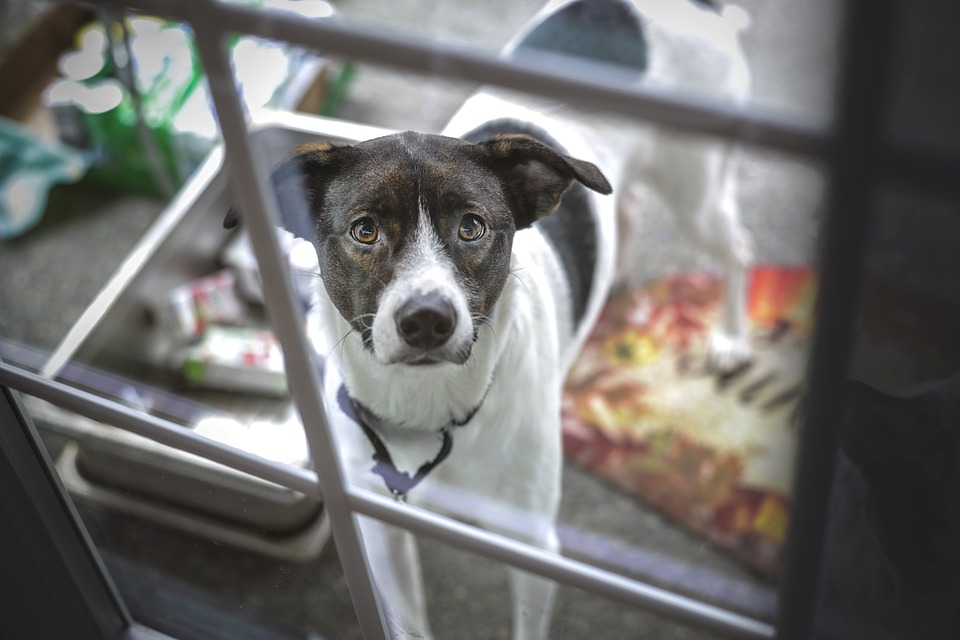Tips For Handling Your Dog’s Separation Anxiety
You give your dog one last hug before heading out the door. As you make your way to the car you can already hear it, the whining, barking, whimpering–all the signs of a distressed animal, and you can’t help but feel guilty. While you’ve done nothing wrong, your dog is clearly suffering from anxiety, Separation Anxiety to be exact. Many pet parents experience this guilt and worry on daily basis. If you feel like your dog might have separation anxiety, but you don’t know what to do about it, it helps to first understand what you’re dealing with.
Separation Anxiety in Dogs
Separation Anxiety is relatively common, in fact it stems from a survival mechanism to panic when they are separated from their others or siblings. However, you will be coming back, which makes the separation anxiety useless and harmful to your dog’s health and wellbeing. Some dogs begin to show anxious behavior when their parent is going through the motions of preparing to leave. Others start acting up once their apparent had their hand on the knob, while others still don’t get anxious until the parent is gone entirely. (That last one can be tricky, because you might be completely unaware of your dog’s anxiety until you come home to a torn up garbage can and urine puddles everywhere.
What Does Separation Anxiety Look Like?
Whining, barking, urinating or defecating where they shouldn’t be, destructive behavior like digging and chewing things up … all of these are signs of separation anxiety.
- Pacing
- Barking, Howling & Whimpering
- Urinating and Defecating
- Escaping
- Coprophagia
How To Help Your Dog With Separation Anxiety
It’s important to understand the difference between isolation and separation anxieties. Isolation means your is just doesn’t want to be left alone, any human or companion pet will keep him calm. Separation anxiety is when your dog is attached to a specific person and becomes distressed when that person leaves. Both of these versions of anxiety can be treated with certain Behavior Modification Exercises:
- Exercise your dog before you leave. Take the 10-30 minutes before you go and get some of their energy out with a run around the park or a game of fetch. A tired dog simply has less energy to engage in destructive and anxious behavior.
- When you leave, do your best to express no emotion. That means no smiles of puppy frowns or excited or sad voices. The less emotion you express the less she will pick up on your temporary absence.
- Dog’s are really good at noticing routines, and thank includes your departure routine. Start peppering parts of your departure routine through other parts of the day when you’re not leaving. Jungling keys, grabbing your bag off the rack, filling up your water bottle … whatever she task she has likely associated with your departure, start doing it at random times. You can also mix up the order of your routine when you actually are leaving.
- Fill up a kong toy with some extra goodies to keep her preoccupied upon your departure.
- Look into in-home pet care (especially if your dog suffers from isolation anxiety), so there is always someone checking in on your house and your dog.
Like any medical situation, we advise you consult your vet for the best suggestions for your dog.


Recent Comments